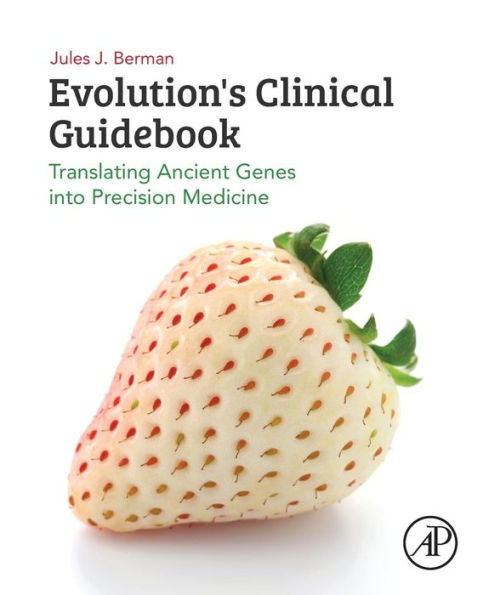5
1
9780128171264



Evolution's Clinical Guidebook: Translating Ancient Genes into Precision Medicine available in Paperback, eBook

Evolution's Clinical Guidebook: Translating Ancient Genes into Precision Medicine
- ISBN-10:
- 012817126X
- ISBN-13:
- 9780128171264
- Pub. Date:
- 04/26/2019
- Publisher:
- Elsevier Science
- ISBN-10:
- 012817126X
- ISBN-13:
- 9780128171264
- Pub. Date:
- 04/26/2019
- Publisher:
- Elsevier Science

Evolution's Clinical Guidebook: Translating Ancient Genes into Precision Medicine
$130.0
130.0
In Stock

Product Details
| ISBN-13: | 9780128171264 |
|---|---|
| Publisher: | Elsevier Science |
| Publication date: | 04/26/2019 |
| Pages: | 357 |
| Product dimensions: | 7.50(w) x 9.25(h) x (d) |
About the Author
What People are Saying About This
From the B&N Reads Blog
